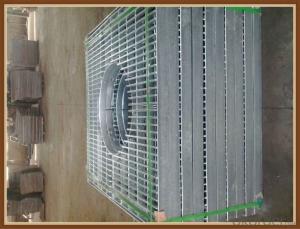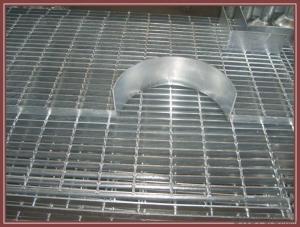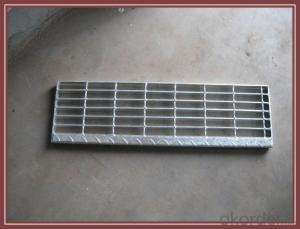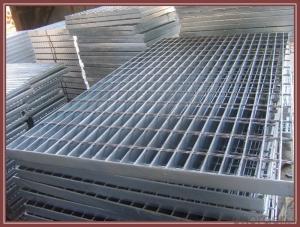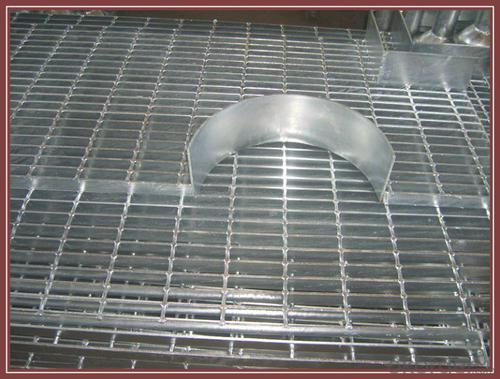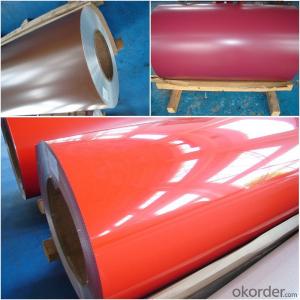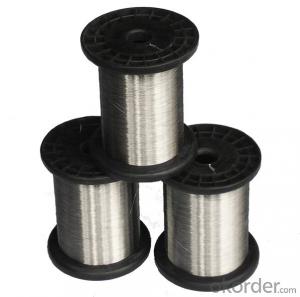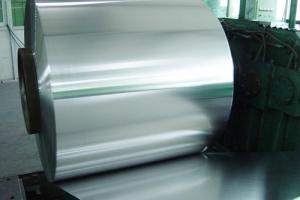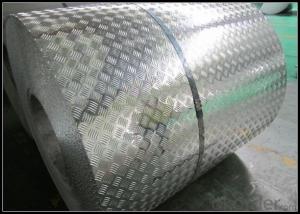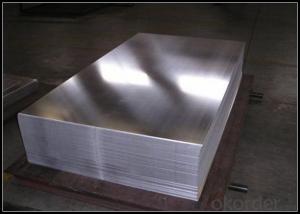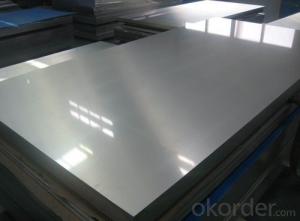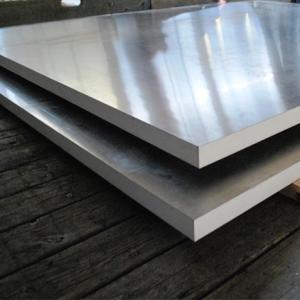024 Aluminum Trailer Siding Sheets - Aluminum Gratings Panne
- Loading Port:
- Qingdao
- Payment Terms:
- TT OR LC
- Min Order Qty:
- 5000 pc
- Supply Capability:
- 6000000 pc/month
OKorder Service Pledge
OKorder Financial Service
You Might Also Like
1.Description of Drainage trench cover:
Drainage trench cover is widely used in the urban road, the square, the botanical garden, the wharf, the airport, the parking lot, the road, each kind of industry, the civil project, etc.
2.Main features of Drainage trench cover:
I--Carrying 20 tons of weight
II—Carrying 14 tons of weight
III---carrying 6 tons of weight
IV---carrying 2 tons of weight
V---Carrying pedestrian weight
3.Glass Wool Blanket Images:
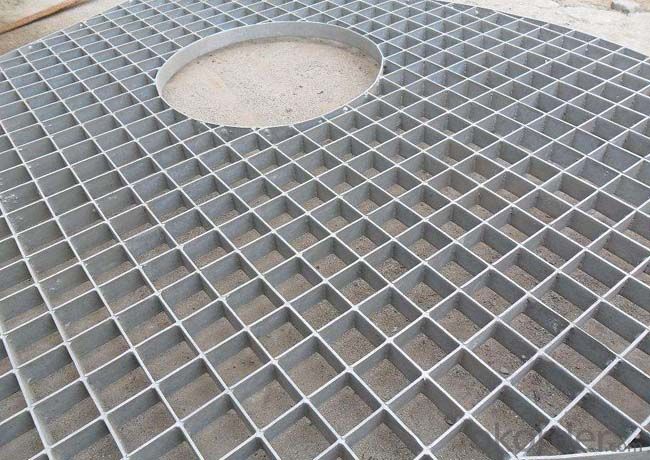
4. Drainage Trench Cover Technical Parameters:
These drain cover plate applies to the road cross-sectional and longitudinal drain. The drains width ranging from 200mm to 550mm.
A means the steel grating length
H means the steel grating height
A means the frame length
H means the frame height
5.FAQ
We have organized several common questions for our clients,may help you sincerely:
①How about your company?
A world class manufacturer & supplier of Drainage trench cover is
one of the large scale professional investment casting production bases in China,consisting of both casting foundry forging and machining factory. Annually more than 8000 tons Precision casting and forging parts are exported to markets in Europe,America and Japan. OEM casting and forging service available according to customer’s requirement.
②How to guarantee the quality of the products?
We have established the international advanced quality management system every link from raw material to final product we have strict quality test; We resolutely put an end to unqualified products flowing into the market. At the same time, we will provide necessary follow-up service assurance.
- Q: Can anyone tell me what to be careful of if you have aluminum wiring in your house. I was told that if the wall gets hot, I need to tighten the screws of the inside switch. Is this true and if I didn't, would it actually cause a fire in the wall. If this is true, how often does it loosen?
- Aluminum Rated Receptacles
- Q: Are aluminum sheets suitable for use in food processing or storage?
- Aluminum sheets are highly suitable for use in food processing or storage. This metal is non-toxic, resistant to corrosion, and possesses exceptional thermal conductivity. These characteristics make it an ideal material for various food applications. Aluminum sheets are commonly utilized in the production of food and beverage cans, foil wraps, trays, and containers. In terms of food preservation, aluminum is impermeable to oxygen, light, moisture, and microorganisms. This quality ensures that the quality and freshness of food products are safeguarded. Additionally, it prevents the transfer of flavors, odors, and contaminants. Moreover, aluminum's lightweight and manageable nature make it convenient for packaging and transporting food items. Furthermore, aluminum sheets are hygienic and easy to clean, which is crucial in food processing and storage settings where cleanliness is of utmost importance. They can be easily sterilized and do not retain any bacteria or food particles that may lead to contamination. In conclusion, aluminum sheets are an excellent choice for food processing and storage due to their non-toxic nature, resistance to corrosion, excellent thermal conductivity, impermeability to oxygen and moisture, ability to preserve food quality, and hygienic properties.
- Q: What are the different types of edges available for aluminum sheets?
- There are several different types of edges available for aluminum sheets, depending on the specific application and desired aesthetic. 1. Straight Edge: This is the most basic type of edge, where the aluminum sheet is cut in a straight line with no additional finishing or shaping. 2. Beveled Edge: A beveled edge is created by cutting the aluminum sheet at an angle, usually 45 degrees, resulting in a chamfered or sloping edge. This type of edge is commonly used for decorative purposes or to reduce sharpness. 3. Rolled Edge: A rolled edge is formed by bending the edge of the aluminum sheet, creating a smooth, rounded edge. This type of edge is often used for safety reasons as it eliminates sharp edges. 4. Hemmed Edge: A hemmed edge is created by folding the edge of the aluminum sheet back on itself, resulting in a double layer of material. This type of edge provides added strength and durability and is commonly used for applications where the edge will be exposed or subjected to wear and tear. 5. Tapered Edge: A tapered edge is formed by gradually reducing the thickness of the aluminum sheet towards the edge. This type of edge is often used in aerospace and automotive industries to reduce weight while maintaining strength. 6. Flanged Edge: A flanged edge is created by bending the edge of the aluminum sheet at a right angle, creating a lip or flange. This type of edge is commonly used for applications where the aluminum sheet needs to be attached or joined with other materials. Overall, the choice of edge type depends on the specific requirements of the project, including functionality, aesthetics, and safety considerations.
- Q: Can the aluminum sheets be used for manufacturing automotive radiators?
- Yes, aluminum sheets can be used for manufacturing automotive radiators. Aluminum is a popular choice for automotive radiators due to its lightweight, excellent heat transfer properties, and corrosion resistance. Aluminum sheets can be easily formed into the required shape and size for radiator construction. Additionally, aluminum radiators offer better cooling efficiency compared to traditional copper radiators. Therefore, using aluminum sheets for manufacturing automotive radiators is a viable and advantageous option.
- Q: What are the different methods of cutting aluminum sheets?
- To cut aluminum sheets, one can utilize various methods based on specific requirements and material thickness. Some commonly employed techniques include: 1. Shearing: By means of a shearing machine, straight lines can be cut in the aluminum sheet. The machine applies force to a blade, resulting in material separation. Shearing is a swift and efficient approach, especially suitable for thinner gauges. 2. Sawing: For cutting aluminum sheets, circular or bandsaws equipped with specialized metal-cutting blades are commonly employed. This method allows for greater precision and controlled cuts, making it ideal for thicker sheets. 3. Laser cutting: This highly precise and efficient technique employs a concentrated beam of light to melt and vaporize the aluminum, resulting in a clean and smooth cut. Laser cutting is particularly advantageous for intricate designs and complex shapes. 4. Waterjet cutting: This method involves the use of a high-pressure stream of water mixed with abrasive particles to cut through aluminum sheets. It is applicable to various thicknesses and allows for precise cuts without generating heat. Waterjet cutting is often preferred for thicker sheets or when high precision is required. 5. Plasma cutting: By employing a high-temperature plasma torch, aluminum sheets can be melted and cut. The torch generates an electric arc, ionizing the gas and creating a plasma state. Although versatile and capable of cutting through different thicknesses, plasma cutting may yield rougher edges in comparison to laser or waterjet cutting. When selecting the most suitable method for cutting aluminum sheets, it is crucial to consider project-specific requirements such as desired cut quality, speed, and complexity.
- Q: Are the aluminum sheets suitable for electrical conductivity applications?
- Yes, aluminum sheets are suitable for electrical conductivity applications. Aluminum is a highly conductive material, with an electrical conductivity approximately 61% that of copper. This makes it a popular choice for various electrical and electronic applications where conductivity is important. Aluminum sheets are used in the construction of power transmission lines, electrical cables, bus bars, and heat sinks, among others. Additionally, aluminum is lightweight, corrosion-resistant, and has good thermal conductivity, which further enhances its suitability for electrical conductivity applications.
- Q: Are the aluminum sheets suitable for HVAC (heating, ventilation, and air conditioning) applications?
- Aluminum sheets are indeed suitable for HVAC applications, as they possess excellent thermal conductivity, corrosion resistance, and are lightweight. The HVAC industry widely favors aluminum due to these attributes. In HVAC systems, these sheets find common use in ductwork, heat exchangers, and air handling units. When it comes to heating applications, aluminum sheets efficiently transfer heat and can withstand high temperatures. Moreover, their resistance to corrosion ensures long-term durability, particularly in moist environments like air conditioning systems. Furthermore, the lightweight nature of aluminum sheets simplifies installation and reduces the overall weight of HVAC equipment. Overall, aluminum sheets prove to be a reliable and versatile material for various HVAC applications.
- Q: What are the acoustic properties of aluminum sheets?
- Aluminum sheets possess several acoustic properties that make them suitable for various applications. Firstly, aluminum is a lightweight material, which means it has a high strength-to-weight ratio. This property allows aluminum sheets to vibrate easily when struck, resulting in good sound transmission. Additionally, aluminum has a low density, which means it can absorb sound energy and reduce noise levels. Moreover, aluminum sheets have excellent corrosion resistance, which ensures their durability and longevity in different environments. This property is particularly important in applications where acoustic performance needs to be maintained over time, such as in construction or automotive industries. Furthermore, aluminum exhibits good thermal conductivity, which allows for efficient heat dissipation. This property is beneficial in applications where heat generated by sound sources needs to be dispersed effectively, preventing any potential damage or degradation of the material. Overall, the acoustic properties of aluminum sheets, including their lightweight nature, sound transmission, noise reduction capabilities, corrosion resistance, and thermal conductivity, make them a versatile and reliable choice for various acoustic applications.
- Q: What are the distinctions among various grades of aluminum sheets?
- <p>Yes, there are differences between different grades of aluminum sheets. These differences are primarily based on the alloy composition, which affects properties such as strength, formability, and corrosion resistance. For instance, 1000 series aluminum is pure and soft, making it ideal for general purposes. 2000 series is harder and stronger, often used in aerospace applications. 3000 series is known for its high resistance to corrosion and is used in marine applications. 5000 series offers good strength-to-weight ratio and is used in structural applications. 6000 series is known for its strength and is used in construction and industrial applications. Each grade has specific uses based on its unique characteristics.</p>
- Q: This question asks for various methods through which aluminum sheets can be recycled and repurposed.
- <p>Aluminum sheets can be recycled and reused in several ways: 1. Melting and Reformation: The most common method is to melt down the aluminum and reform it into new products. 2. Mechanical Recycling: This involves shredding and compacting the aluminum sheets to be used as raw material in new products. 3. Energy Recovery: The heat generated from burning aluminum can be used to produce energy. 4. Alloying: Aluminum can be combined with other metals to create new alloys with different properties. 5. Reuse in Construction: Aluminum sheets can be reused in construction projects, such as facades or roofing. 6. Manufacturing: They can be used in manufacturing processes to create new aluminum products like cans, foils, and automotive parts. Proper recycling of aluminum reduces environmental impact and conserves resources.</p>
Send your message to us
024 Aluminum Trailer Siding Sheets - Aluminum Gratings Panne
- Loading Port:
- Qingdao
- Payment Terms:
- TT OR LC
- Min Order Qty:
- 5000 pc
- Supply Capability:
- 6000000 pc/month
OKorder Service Pledge
OKorder Financial Service
Similar products
Hot products
Hot Searches
Related keywords
